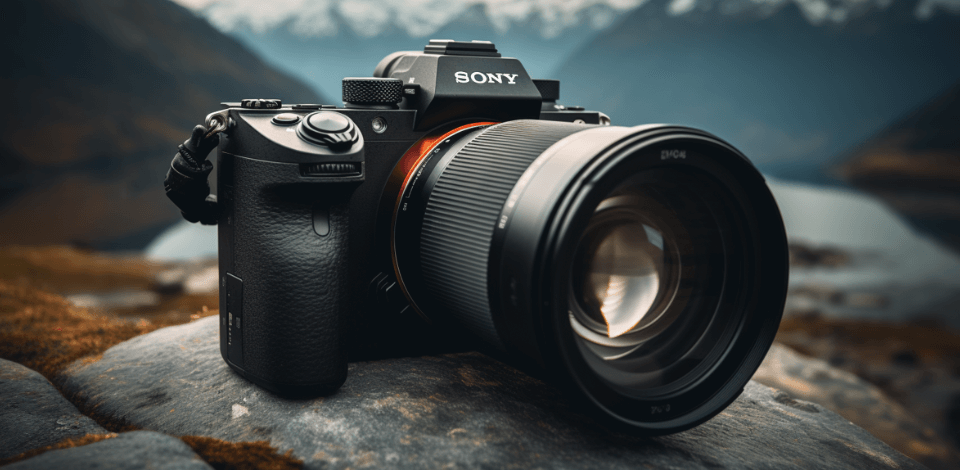
Sony is a trend-setting brand in the segment of digital shooting equipment, so no wonder many users are searching for the best Sony camera.
In fact, Sony was the first company that introduced a professional full-frame mirrorless model.
Besides, photographers and videographers choose it due to the huge variety of lenses and accessories that cater to different needs.
I was taken aback by how well Sony cameras cope with low-light situations. However, after putting the 3 top models through my test I found out that Sony cameras offer more than fantastic performance in poorly lit spaces.
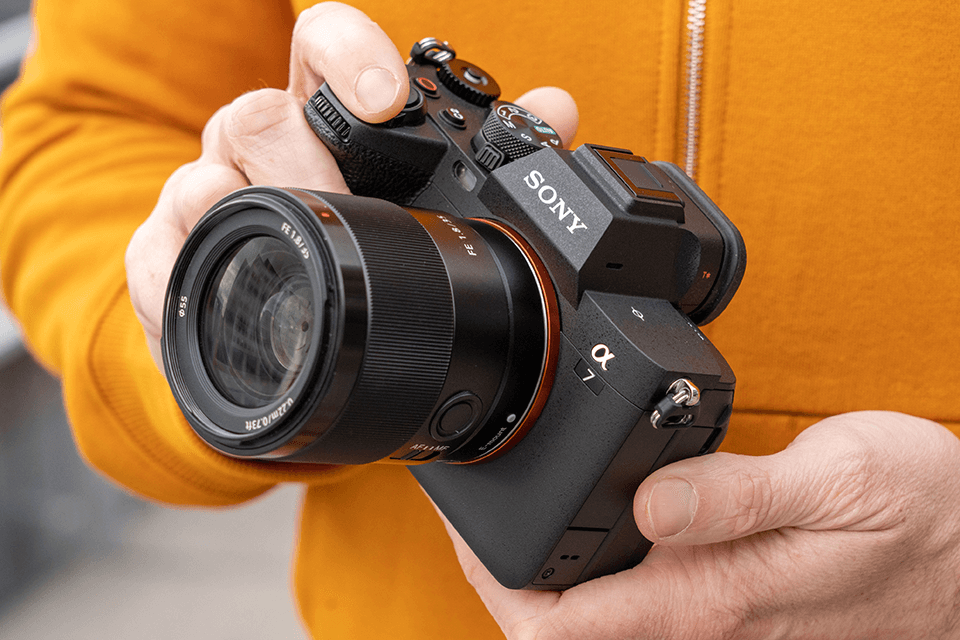
Type: Mirrorless | Sensor: Full-frame | Resolution: 33MP | Video Quality: 4K/60p
The A7 IV is one of Sony newest cameras that has much to brag about.
Whether you're into capturing landscapes, portraits, or even celestial scenes, you'll enjoy the high-resolution sensor, accurate autofocus tracking, and absolutely silent operation.
This camera for photography can serve you as a backup device if you are interested in videography.
You can shoot 4K videos at 30 frames per second with a rich 10 bits of color depth.

Photo taken with Sony A7 IV
A truly nice bonus is the possibility to do live streaming through a USB connection. Content creators will definitely appreciate this feature.
Even though it can record great videos, this camera lags behind some competitors when it comes to frame rate.
It can't match up to Canon's EOS R6 capable of handling 120 frames per second. Still, it does compensate for this shortcoming by a well-thought-out cooling mechanism.
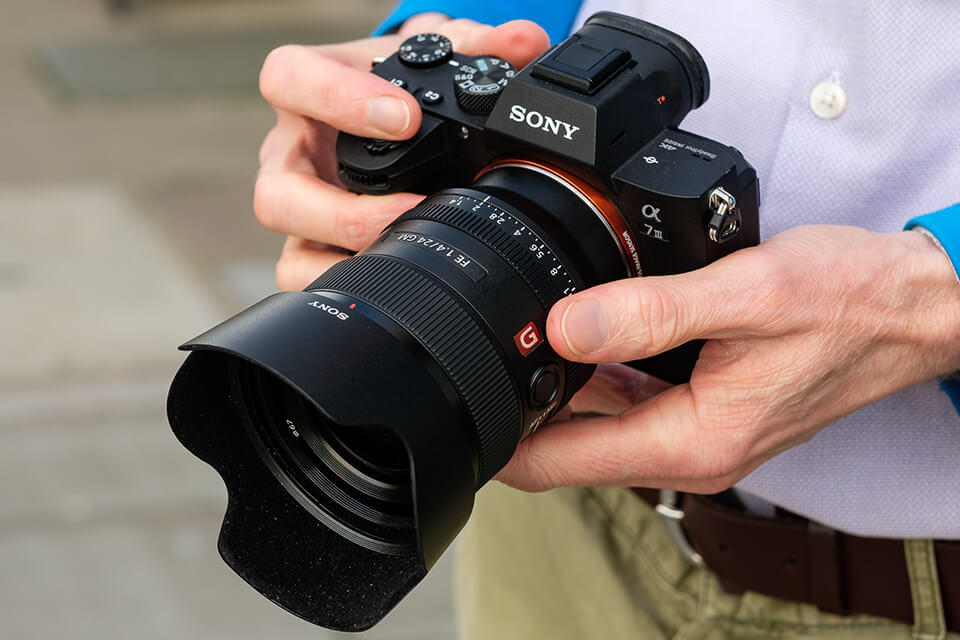
Type: Mirrorless | Sensor: Full-frame | Resolution: 24.2MP | Video Quality: 4K/30p
This Sony camera for photography has a back-lit sensor that allows capturing crisp images even when the lighting conditions are far from perfect.
If you're into making movies, you will be pleased by advanced settings, like S-Log. Thanks to it, your videos will have beautiful colors and a wider dynamic range.
What’s more, it can shoot 4K movies without losing any of the fine details.

Photo taken with Sony A7 III
When it comes to focusing, this mirrorless camera for video gives you lots of options. There are wide, center, zone, expandable flexible spot, and even eye autofocus modes.
However, the most praised feature is the possibility to assign autofocus functions to custom buttons. Thus, you can totally level up your shooting game.
It is important to note that some users have observed that when you are shooing a dynamic scene, you may face issues with focusing.
But it seems like it’s a trade-off- you have to prioritize focusing or shooting. It isn’t as seamless as with Canon and Nikon devices.
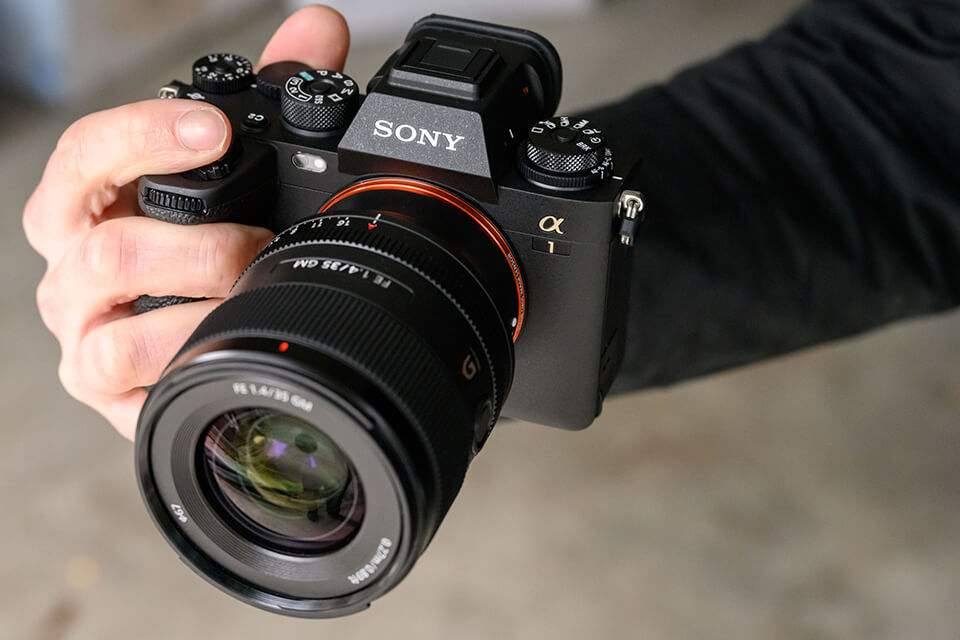
Type: Mirrorless | Sensor: Full-frame | Resolution: 50MP | Video Quality: 8K/30p
The A1 transcends some other Sony cameras when it comes to taking photos at high speeds without relying on a physical shutter. This is perfect for catching quick action, especially in sports where mechanical shutters aren't allowed.
With this camera, you can take up to 30 shots per second using the electronic shutter.

Photo taken with Sony A1
I gave it a try in different scenarios. For instance, I used it during wildlife shooting and in low-light spaces – the camera performed really well without any issues.
This sports camera meticulously followed the eyes of animals and even kept up with speedy subjects like Crossfitters.
The sensor processes image data very quickly.
Thus, you can enjoy lightning-fast burst shooting without worrying about weird effects that usually appear when an electronic shutter is used.
Such an advantage can be extremely important for photographers that employ telephoto lenses and need to zoom in and crop their images for the max resolution.
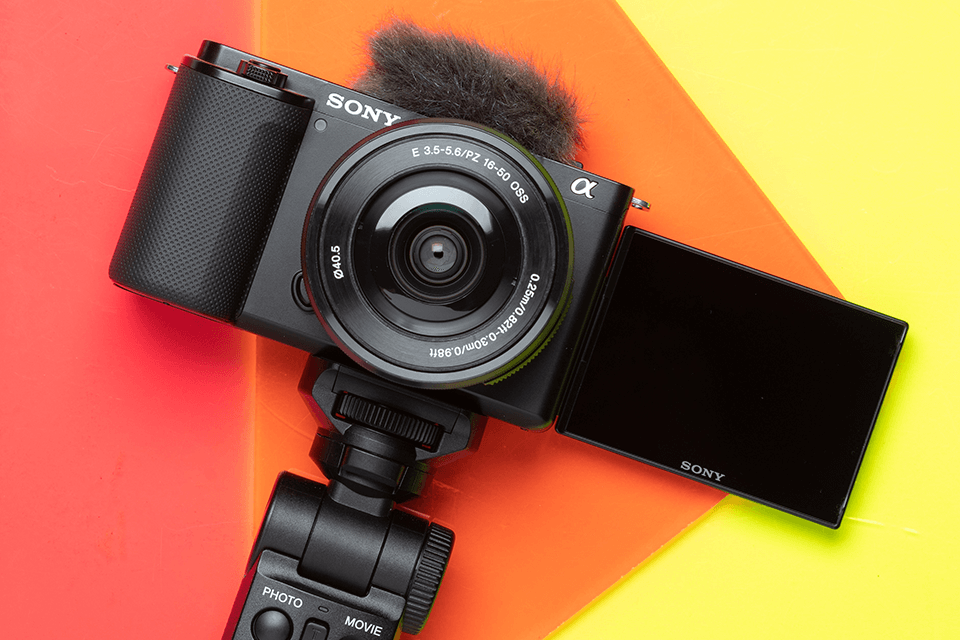
Type: Mirrorless | Sensor: APS-C | Resolution: 24MP | Video Quality: 4K/30p
If you're into vlogging, the ZV-E10 is one of the best Sony cameras you can find.
The flip-out LCD screen is also a handy feature, making video recording a breeze. With full HD resolution and a wide viewing angle, you're guaranteed to get crisp videos.

Photo taken with Sony ZV-E10
If you're engaged in snapping pictures or shooting videos of fast sports action, especially with subjects that move really quickly, this cheap camera may not deliver the expected results.
The embedded AF isn't as advanced as the pricier models have.
For pro-level sports where super-fast autofocus and rapid shooting are a must, you’d better invest in more powerful cameras like Sony A1 or A9 series.

Type: Mirrorless | Sensor: Full-frame | Resolution: 12MP | Video Quality: 4K/120p
You can hardly find another new Sony camera that demonstrates such amazing results with a high ISO setting. The colors are pop and eye-pleasing, even if you work in insufficient light.
Users also like S-Log2 and HDR features. With them, you’ll receive a remarkable level of detail in both shadows and highlights.
In fact, the A7S III can outperform even more expensive full-frame sensors.

Photo taken with Sony A7S III
When it comes to shooting videos, this low-light video camera is quite impressive.
It can record UHD 4K at speeds up to 120 frames per second, or standard HD at up to 240 frames per second with a slight 1.1x crop.
The video quality is on point thanks to high pixel density.
This is likely to be frustrating for photographers wanting to print larger images.
Fortunately, there is a way out. You can use editing tools to tackle this problem.
Type: Mirrorless | Sensor: Full-frame | Resolution: 24.2MP | Video Quality: 4K/30p
I think Sony A9 II is a perfect fit for professional photographers who mainly take images during sports events and fast-paced activities.
One of the bragging points of this camera is its autofocus system.
It's extremely fast and accurate. So, it can become your reliable tool if you need to keep tabs on a quick subject.
Another aspect I can’t but mention is the 3.7 million-dot electronic viewfinder.
You get a live preview of your image, even when the camera is on and you're about to take a photo.

Photo taken with Sony A9 II
The tough magnesium alloy frame is built to handle the challenges of professional photography.
Moreover, the camera has undergone a revamp in terms of weather-sealing, so it can endure tough conditions.
To make this Sony camera for video even more long-lasting, the developers added double-sealed sliders for the battery compartment and media slots.
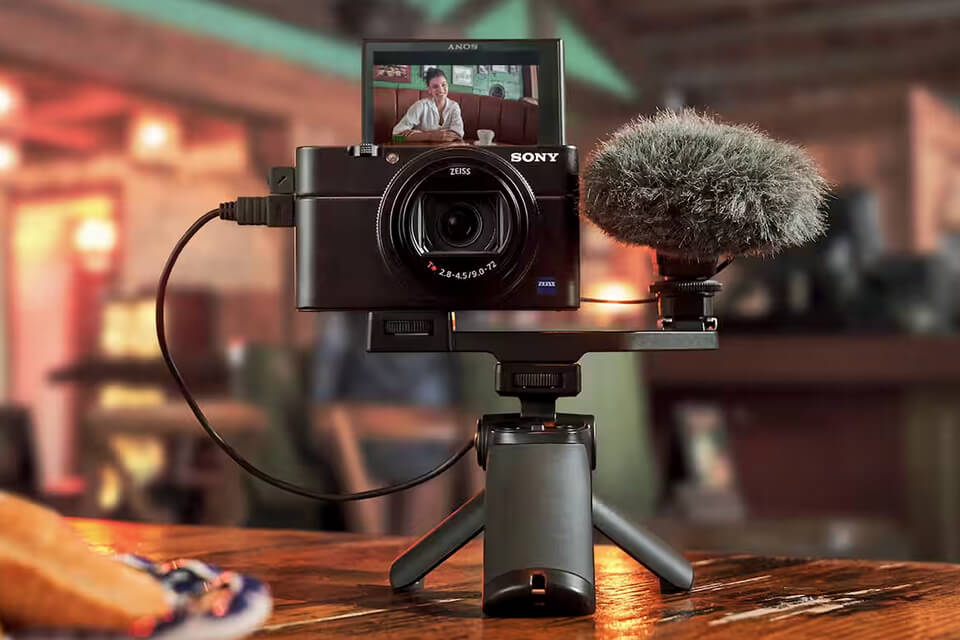
Type: Compact | Sensor: 1-inch | Resolution: 20.1MP | Video Quality: 4K/30p
Sony RX100 VII appeals to photographers with its lens that zooms from 24mm to 200mm.
Thus, it can surpass other small cameras with a 1-inch sensor.
As for photo quality, this budget video camera gives you sharpness and colors that are spot on.

Photo taken with Sony RX100 VII
In terms of video recording, this Sony camera produces UHD 4K video with incredible detail.
This is possible thanks to the full pixel readout without binning.
You can even record slow-motion footage at 120 fps, and the results are really impressive.
The built-in stereo microphone does a great job at picking up background sounds.
But if you want to take it up a notch, you can connect external audio devices.
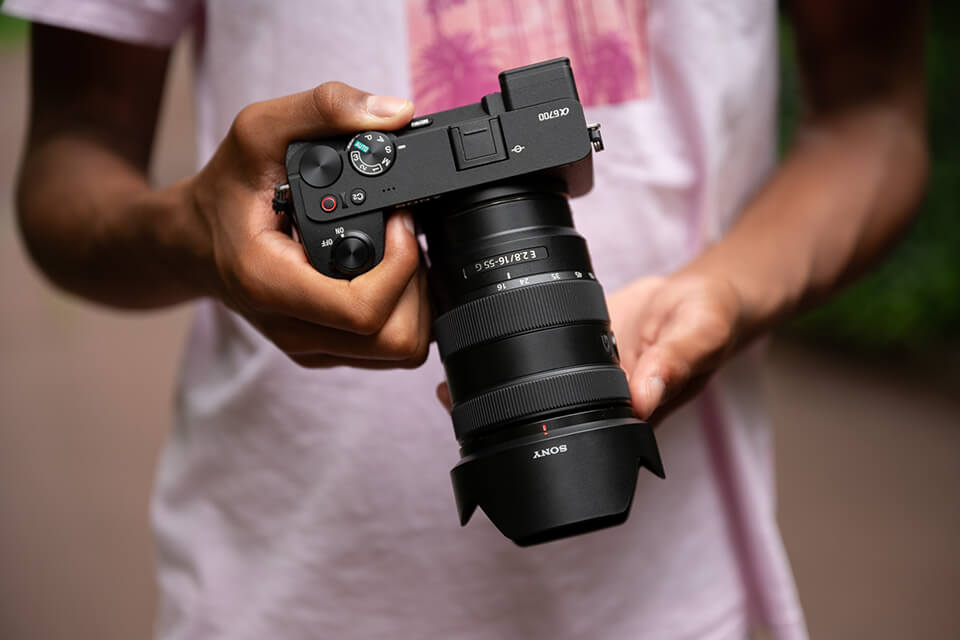
Type: Mirrorless | Sensor: APS-C | Resolution: 26MP | Video Quality: 4K/120p
I was really impressed by the dynamic range of the A6700.
This Sony camera for video lets you keep the natural shades in scenes that are super bright.
So, no wonder many photographers and videographers like it so much.
Talking about videos, this model lets you record in UHD 4K up to 120p, using full pixel readout without any binning. That translates to fantastic detail in images.
If you are seriously engaged in image manipulation, you’ll appreciate the camera's broad dynamic range. With it, you receive more details to play around and show your creative ideas.

Photo taken with Sony A6700
One major issue I've faced is that it heats up fast when shooting video in 4:2:2, 10-bit.

Type: Mirrorless | Sensor: APS-C | Resolution: 24.2MP | Video Quality: 4K/30p
I really like how Sony A6100 handles colors in JPEG format.
Even when I'm working with the raw files, there's a bunch of detail that stays sharp, though the ISO settings are cranked up.
The dynamic range is also pretty amazing. You will see many details in darker parts that may be lost when you use other cameras.
One more awesome thing about this camera for video is how small and compact it is.
It's just right for people who are always on the move or prefer to travel with less baggage.

Photo taken with Sony A6100
Besides, this mirrorless camera for travel boasts a top-notch autofocus system.
It tracks moving subjects precisely, thanks to algorithms that process spatial info.
Thus, your subject always remains sharp and clear.
This comes in super handy, especially when you're snapping action pictures, be it of athletes, animals, or even portraits.

Type: Mirrorless | Sensor: Full-frame | Resolution: 24.2MP | Video Quality: 4K/30p
When I checked out this Sony camera model alongside the A6100, I spotted that they're pretty similar.
But the A6400 stands out with some extra goodies like weather sealing and special picture profiles for shooting video.
With the A6400, you're set to capture fast-action moments or take stunning portraits with loads of detail and vibrant colors.
The image processing is great. Therefore, you’ll end up with super-detailed photos with smooth transitions between different tones.

Photo taken with Sony A6400
The battery life is way better than the older Sony models offer.
You can snap around 80-90 shots before needing to plug it in.
It's perfect for those lengthy trips or outdoor events when you don't want to stress about your camera dying.

Mirrorless models:
α1: Top-notch mirrorless model that caters to the needs of both seasoned photographers and videographers.
α6000 Series: Mirrorless models with a cropped sensor, designed for enthusiasts and beginners. Higher model numbers usually mean more advanced capabilities.
α7 Series: Full-frame mirrorless models for enthusiasts. The α7S models are aimed at work in poor light and video recording, while the α7R models are top-of-the-line in a specific product generation.
α9 Series: Full-frame mirrorless models made for expert and semi-professional sports and action photographers. The release date of A9 III is February 2023.
Compact:
RX0 Series. Small-sized action-style camera.
RX10 Series. Bridge cameras with a built-in lens.
RX100 Series. Compact point-and-shoot models.
RX1R Series. Full-frame compact model with a built-in fixed focal length lens.
DSLRs:
α99 Series. A DSLR camera with a full-frame sensor for pros and avid enthusiasts.
α77 Series. Resembles the α99 II, but has an APS-C sensor.
α68. Entry-level APS-C DSLR.
Professional:
Sony FS series (e.g., FS5, FS7, FX series). For advanced videographers.

Sony cameras have seriously shaped the market because they're packed with advanced technologies and deliver solid performance.
However, every photographer has their own preferences, and some may feel that other camera brands or models are a better fit for what they need.
| Sony | Nikon | Canon | Fujifilm | |
|---|---|---|---|---|
|
Ergonomics |
Compact Intuitive controls |
Comfortable grip Well-placed buttons |
Tend to have better ergonomics |
Retro-styled Intuitive controls |
|
Color Reproduction |
Excellent color rendering |
Natural color reproduction |
Canon's renowned color science |
Classic film simulations |
|
Lens Ecosystem |
A wider selection of lenses |
Growing selection |
Growing selection |
Growing selection |
|
Notable Features |
Leading technology Eye AF Real-time tracking |
Low-light performance Focus Stacking |
Dual Pixel AF Creative Assist modes |
Classic film simulations Customizable controls |
On the other hand, Nikon does well with natural color reproduction but falls behind when it comes to the number of available mirrorless models and lenses.
Canon is popular for its excellent color technology, wide range of lenses, and user-friendly designs that work well for various types of photography and videography.
Even though Canon cameras usually have better designs, Sony got a jump on creating mirrorless models.
Sony's E-mount provides more choices with both native and third-party lenses compared to Canon's mirrorless models.
Fujifilm impresses with timeless film simulations, unique color styles, and a clear setup.
If you're after the newest camera tech, Sony is the go-to variant, but if you want that old-school respect for the craft of photography, Fuji is the brand to favor.
Different sensor sizes and features suit different preferences. For example, APS-C sensors offer a balance between image quality and size, which is why they're typically embedded into interchangeable lens cameras.
Consider the size of a sensor. A bigger sensor captures more light, leading to sharper images with superior quality. Sony top cameras employ the latest sensor technology, so opt for either full-frame or APS-C sensors.
Take advantage of a full frame. It gives you a more blurred background, performs better in low light, and offers improved handling with more manual buttons and dials.
Using APS-C has its perks. You will get smaller camera bodies and lenses, lower expenses, and better "reach" since the field of view is 1.5 times cropped compared to a full frame.

Prioritize the in-body image stabilization. Another advantage of Sony is that it is the only brand offering a full-frame model with IBIS rated up to 5.5 stops. In comparison, Nikon’s newest cameras offer IBIS-rated up to five stops only.
Select models with an electronic viewfinder. If you shoot handheld in bad light with the help of manual focus, you may face some problems. Luckily, the Sony camera for video with a good viewfinder can help you avoid lots of them.
First, looking through the viewfinder instead of the back screen will make holding the camera easier.
The presence of focus peaking and the ability to punch in to check the focus through the viewfinder released me from the need to use the back screen. A 12mm Sony lens produces a depth of field that is deep enough.
Still, I had to make an effort to be sure that I’d focused properly.
Sony has been offering good electronic viewfinders in addition to full-frame images, which made these models top sellers.
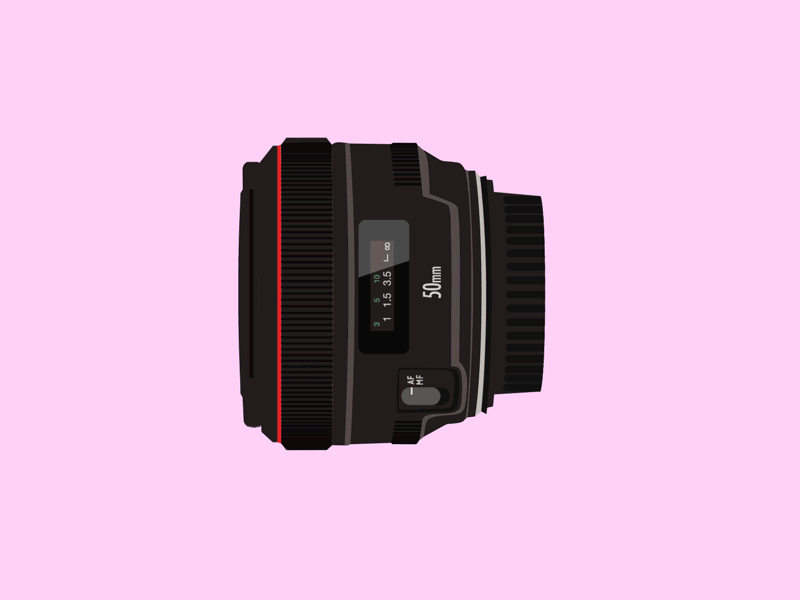
Examine the lens selection. There are adapters for Sony E-mount cameras accessible for the majority of mounts, such as Nikon F, Canon EF and Leica M.
Medium format lenses can also be adapted. It makes Sony the leader among adaptable lens mounts on sale.
Extra features to note. Sony cameras are renowned for their remarkable face recognition capability. They can identify and follow faces more swiftly than the human eye, which comes in really handy when taking portraits or group photos.
| Sony A7 IV | Sony A1 | Sony ZV-E10 | |
|---|---|---|---|
|
|
My Choice |
Advanced |
Affordable |
|
Resolution |
33MP |
50MP |
24MP |
|
Video Quality |
4K/60p |
8K/30p |
4K/30p |
|
Battery Life |
580 shots/ 2 hours |
430 shots/ 80 min |
440 shots/125 min |
|
Image Stabilization |
✔️ |
✔️ |
❌ |
|
For Vlogging |
✔️ |
✔️ |
✔️ |
|
For Travel |
✔️ |
✔️ |
✔️ |
|
For Outdoor |
✔️ |
✔️ |
✔️ |
|
For Studio |
✔️ |
✔️ |
✔️ |
|
For Sports |
❌ |
✔️ |
❌ |
|
For Low-Light |
✔️ |
✔️ |
❌ |
Based on my test results, I can say that each Sony camera is designed for specific needs in both videography and photography, showcasing distinct strengths and capabilities.

Sony A7 IV performs well when taking images and recording footage in different styles. The only downside for me was the photo quality during a sports event shoot.
Sony A1 shines in video shooing and high-resolution. It stands out with its impressive 8K video and advanced features. However, the price of this camera is quite high, especially for beginners.
Sony ZV-E10 is designed for content creators and vloggers. It offers features specifically geared towards vlogging. Besides, it supports 4K shooting.